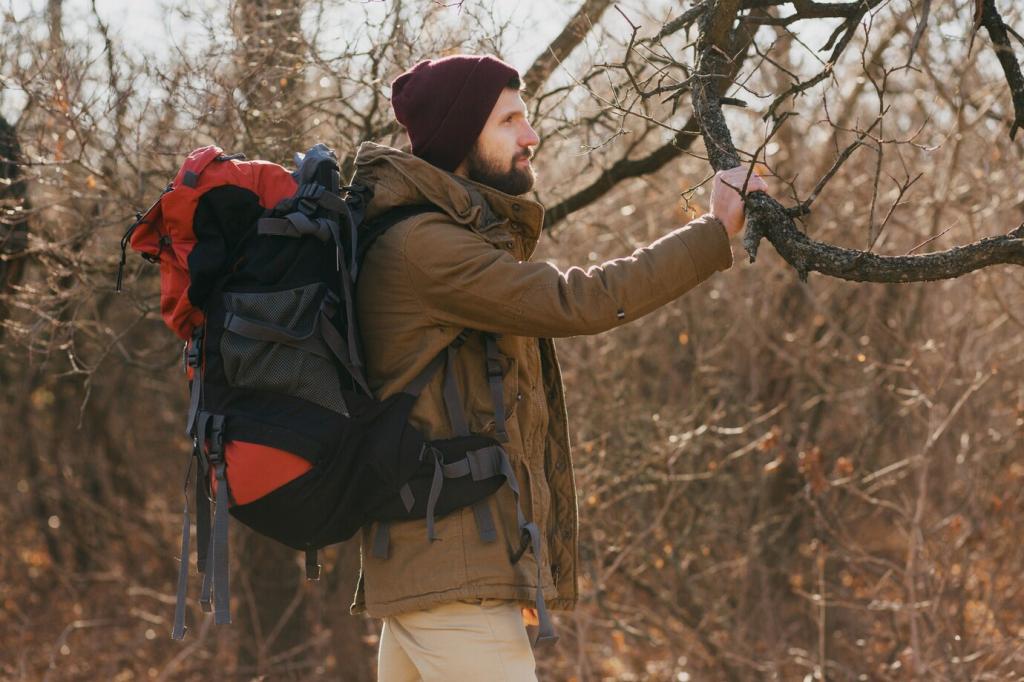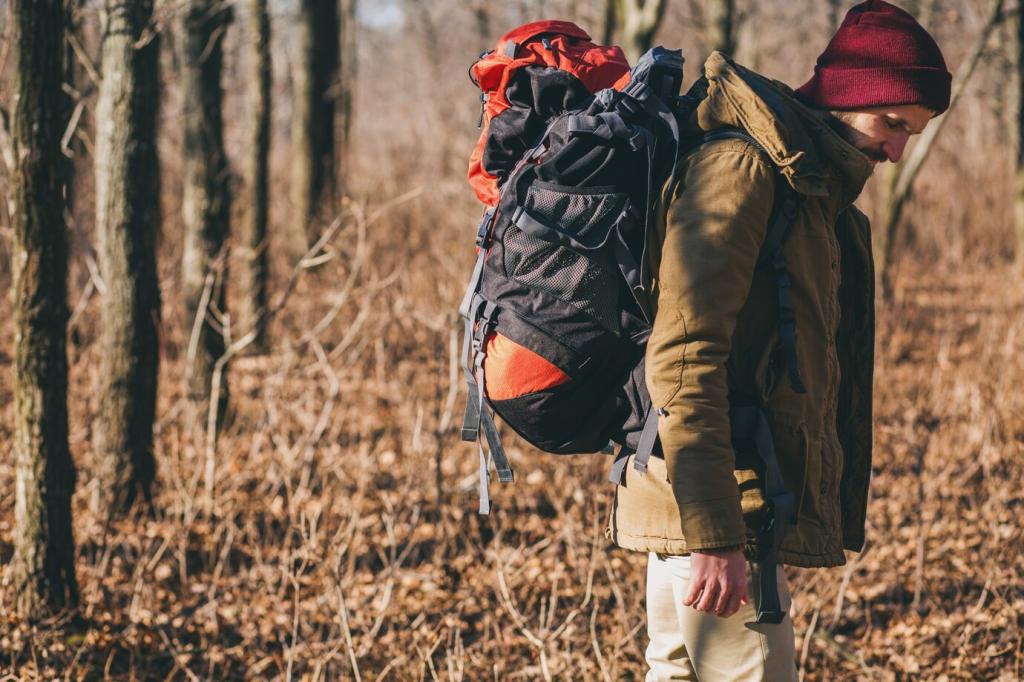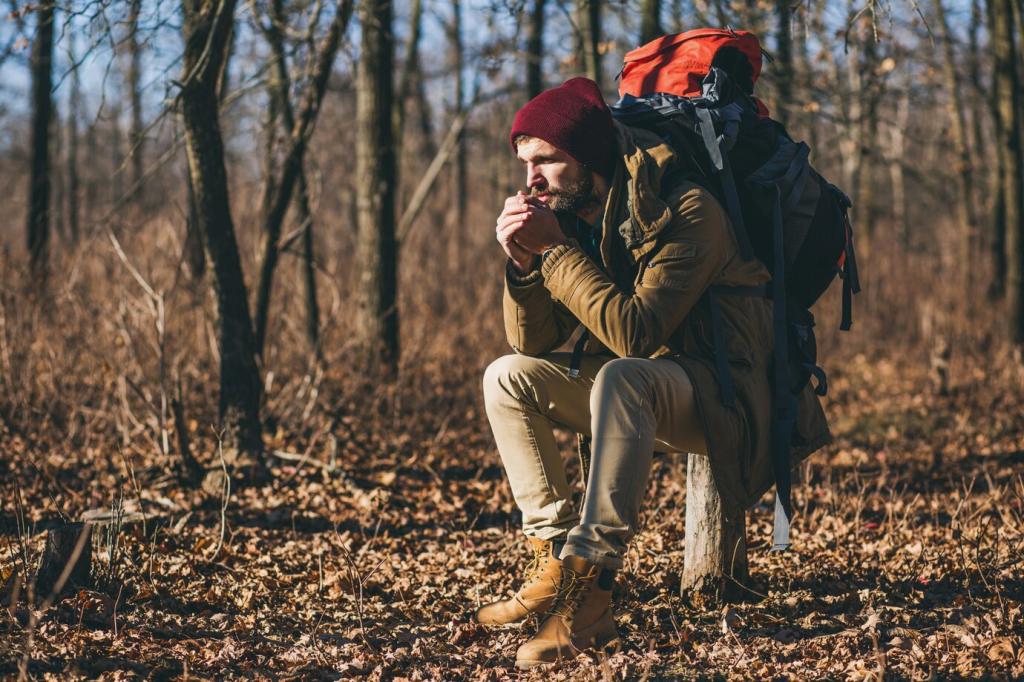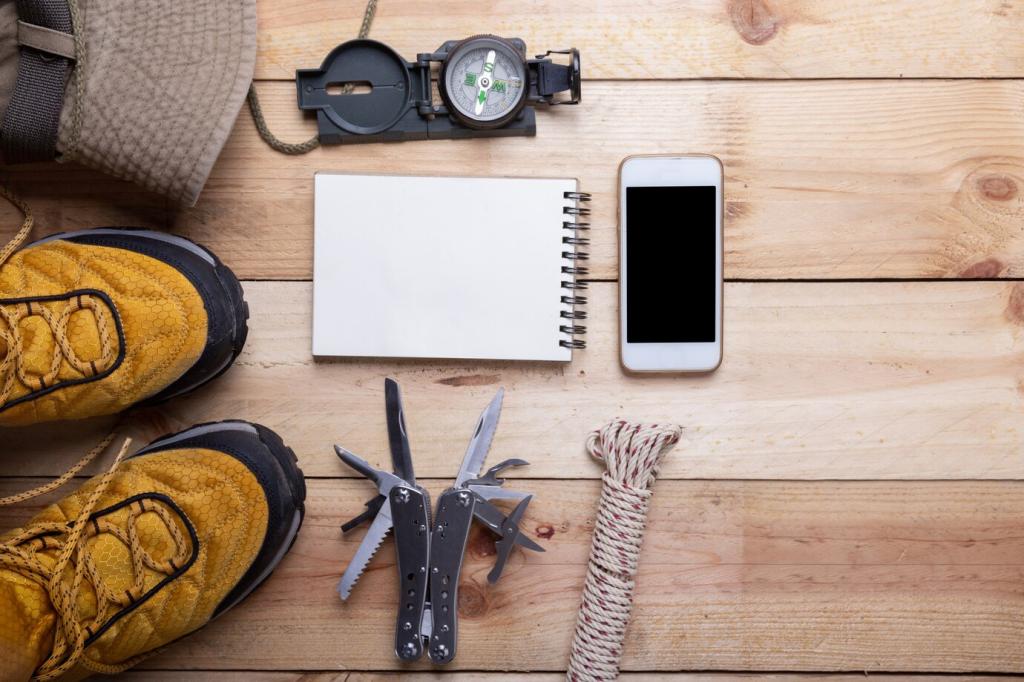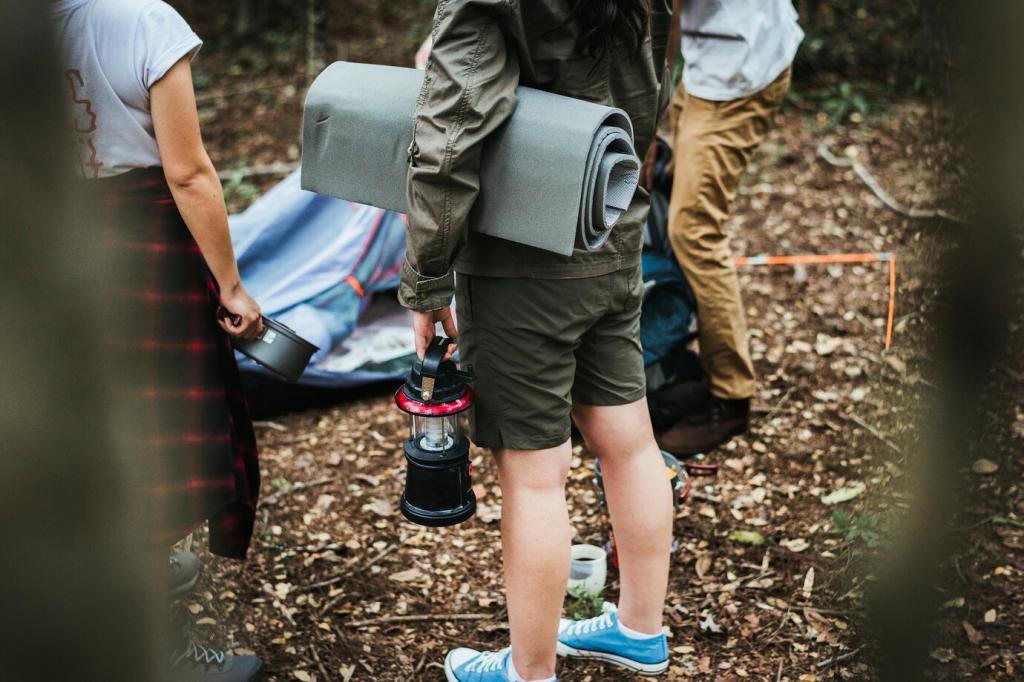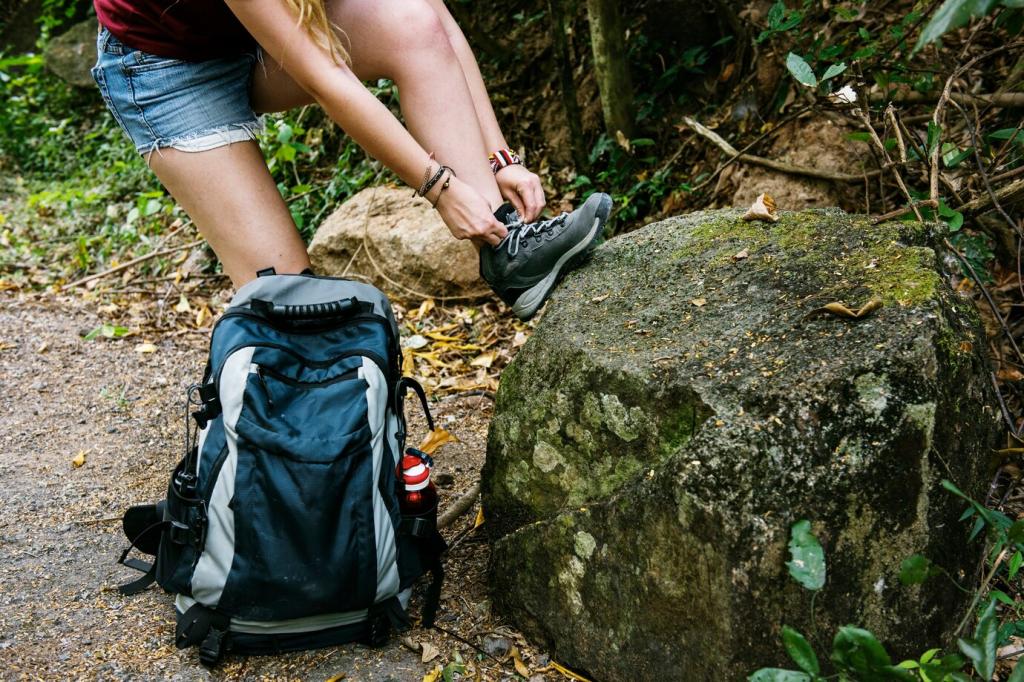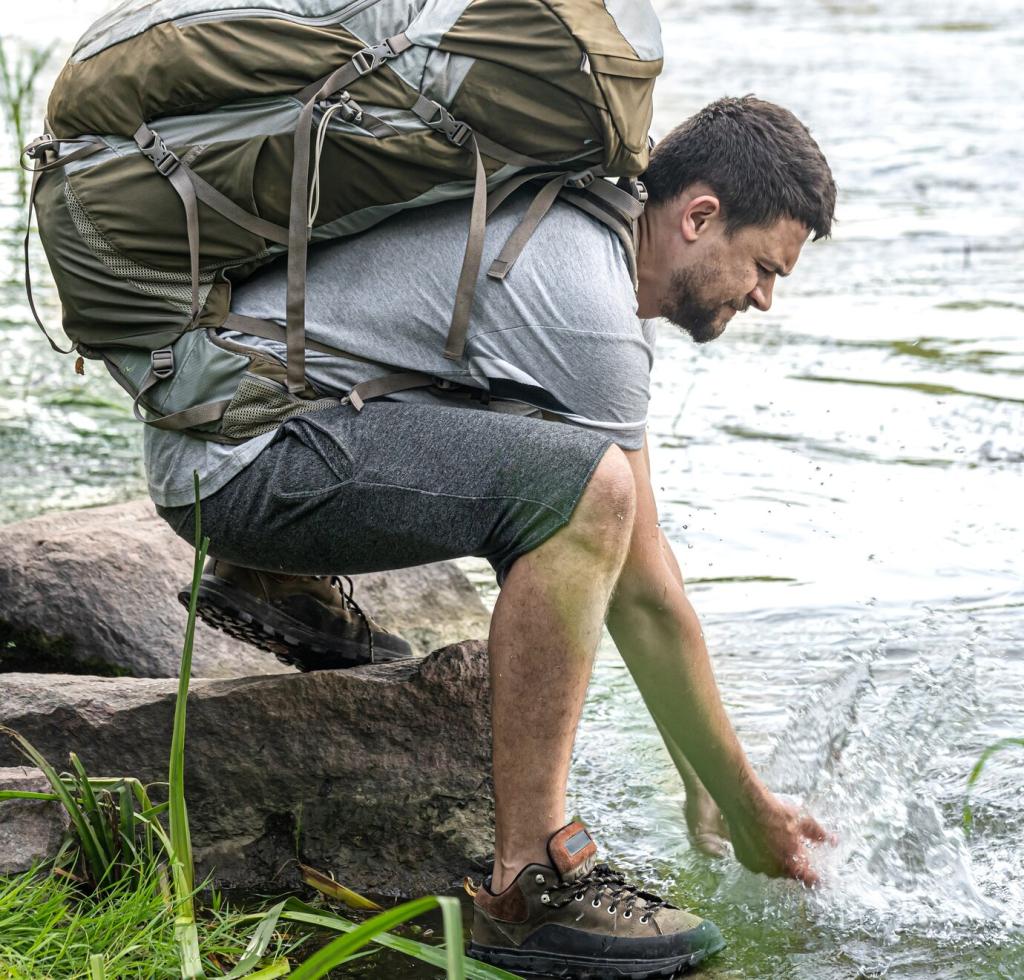What Altitude Really Does to Your Body
At high altitude, the air holds less oxygen, so your body increases breathing rate and heart rate to compensate. Acclimatization takes time—slow ascents allow red blood cell production to rise and symptoms to stabilize.
What Altitude Really Does to Your Body
Learn early signs of Acute Mountain Sickness: headache, nausea, dizziness, fatigue, and poor sleep. Severe red flags include confusion, persistent cough, and coordination changes, which can indicate life-threatening conditions requiring an immediate descent.

